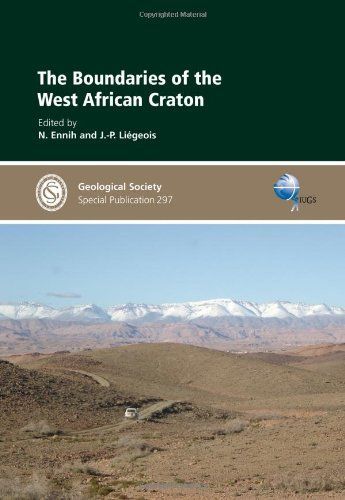
The Boundaries of the West African Craton
The boundaries of rigid cratons can be affected by subsequent orogenic events, leading to metacratonic characteristics not often properly recognized and still poorly understood. Major lithospheric thickening is absent and early events such as ophiolites are preserved; however, metacratonic boundaries are affected by major shear zones, abundant magmatism and mineralizations, and local high-pressure metamorphism. West Africa, marked by the large Eburnian (c. 2 Ga) West African craton, the absence of Mesoproterozoic events, the major Pan-African (0.9-0.55 Ga) mobile belts that generated the Peri-Gondawanan terranes, and the weaker but enlightening Variscan and Alpine orogenies, is an excellent place for tackling this promising concept of metacratonization. The papers in this book consider most of the West African craton boundaries, from the reworking of the Palaeoproterozoic terranes, through the Pan-African encircling terranes, the late Neoproterozoic-early Palaeozoic extension period and the Peri-Gondwanan terranes, the Variscan imprint to the current situation.